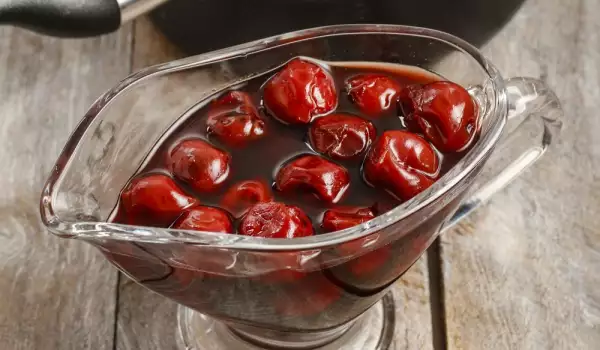We all know that when making jam citric acid is added at the end. That's what we have read in the recipes or we know it from our mothers and grandmothers. But have you asked yourself why that is?
Why is citric acid added to jam
Citric acid is an available and cheap preservative, thanks to which jam will be stored longer without losing its taste qualities. That way it won't get sugary and it won't go bad either. When cooking jam, citric acid should be added at the end. Otherwise it just gets really obtrusively sour.
See how much citric acid is added in jam
Citric acid in jam can indeed be replaced with lemon - half a lemon per 1 kg of fruit/sugar or 2 g of citric acid. You don't need to add citric acid to the jam, but sometimes the jam turns out to be tastier with it. It gives a certain taste and a sour flavor, which is especially important for a jam from those fruit in which the taste itself is weakly expressed or lacks any acidity and is too sweet.
For example, cherry jam - without citric acid, turns out to be just sweet in taste, like sugar syrup.
Citric acid, on the other hand, is a synthetic product and does not give the jam a lemony specificity such as a smell and a peculiar taste of lemon, which can suppress the main product.
All in all, citric acid is an opportunity to fix the flavor and increase the shelf life of the jam without much effort and it's not a bad idea.
Citric acid works best in strawberry jam or peach jam, for example.
See how long jam is boiled for and why the foam is removed from the jam.



















Comments